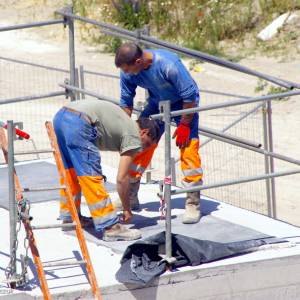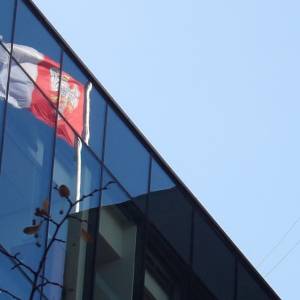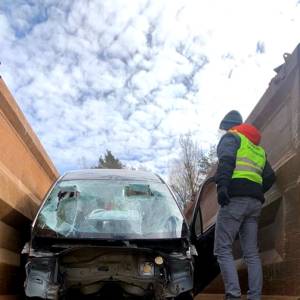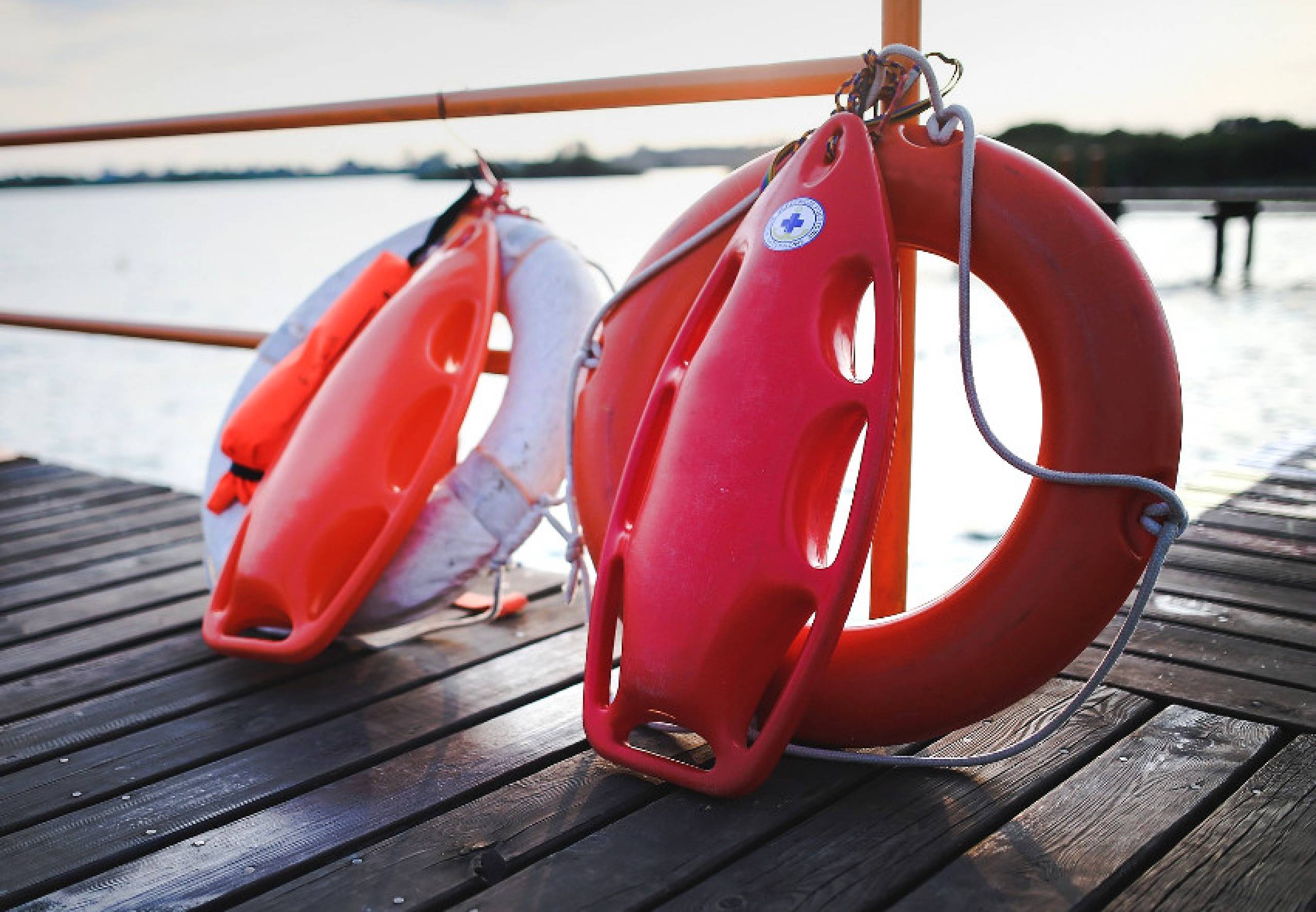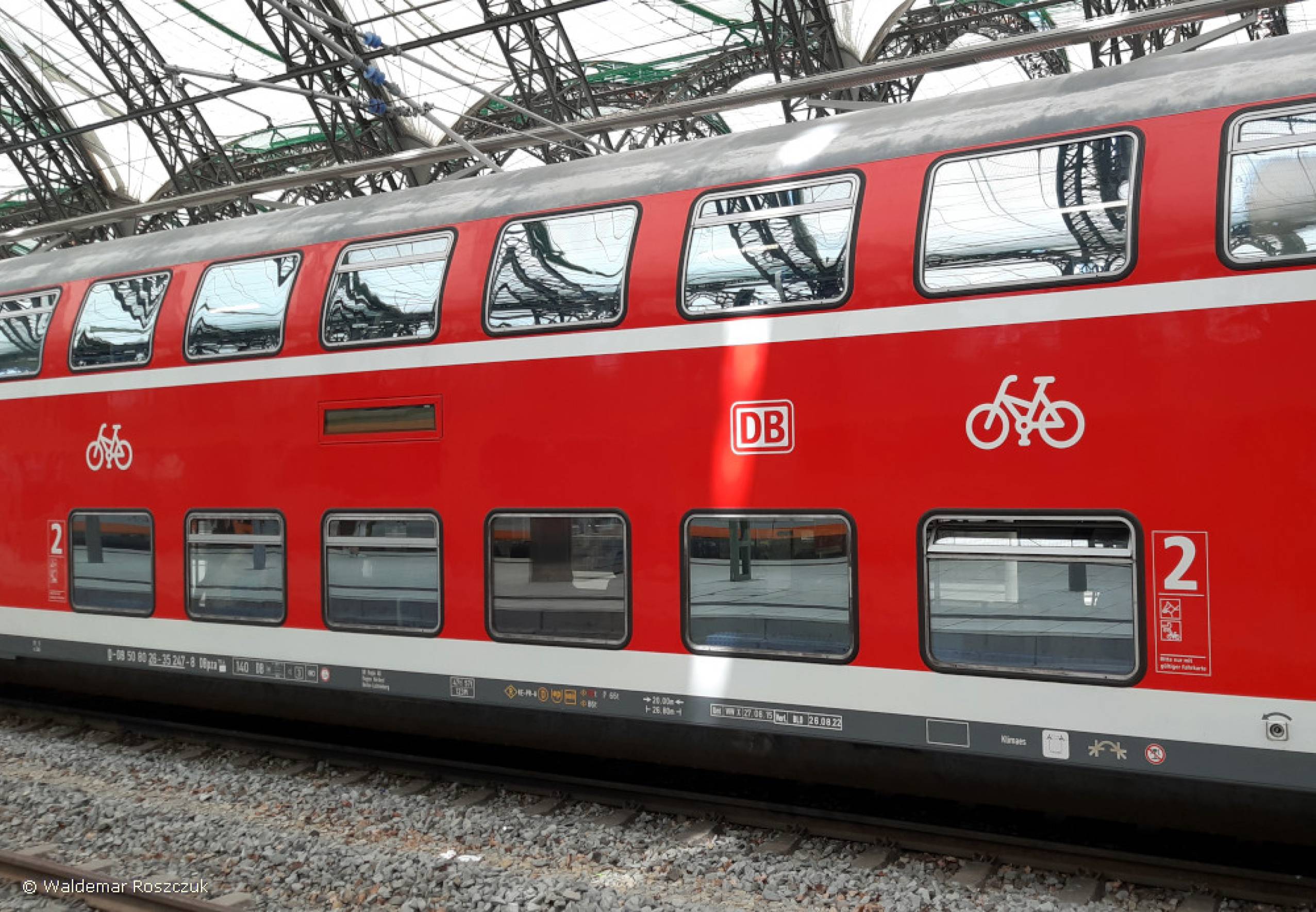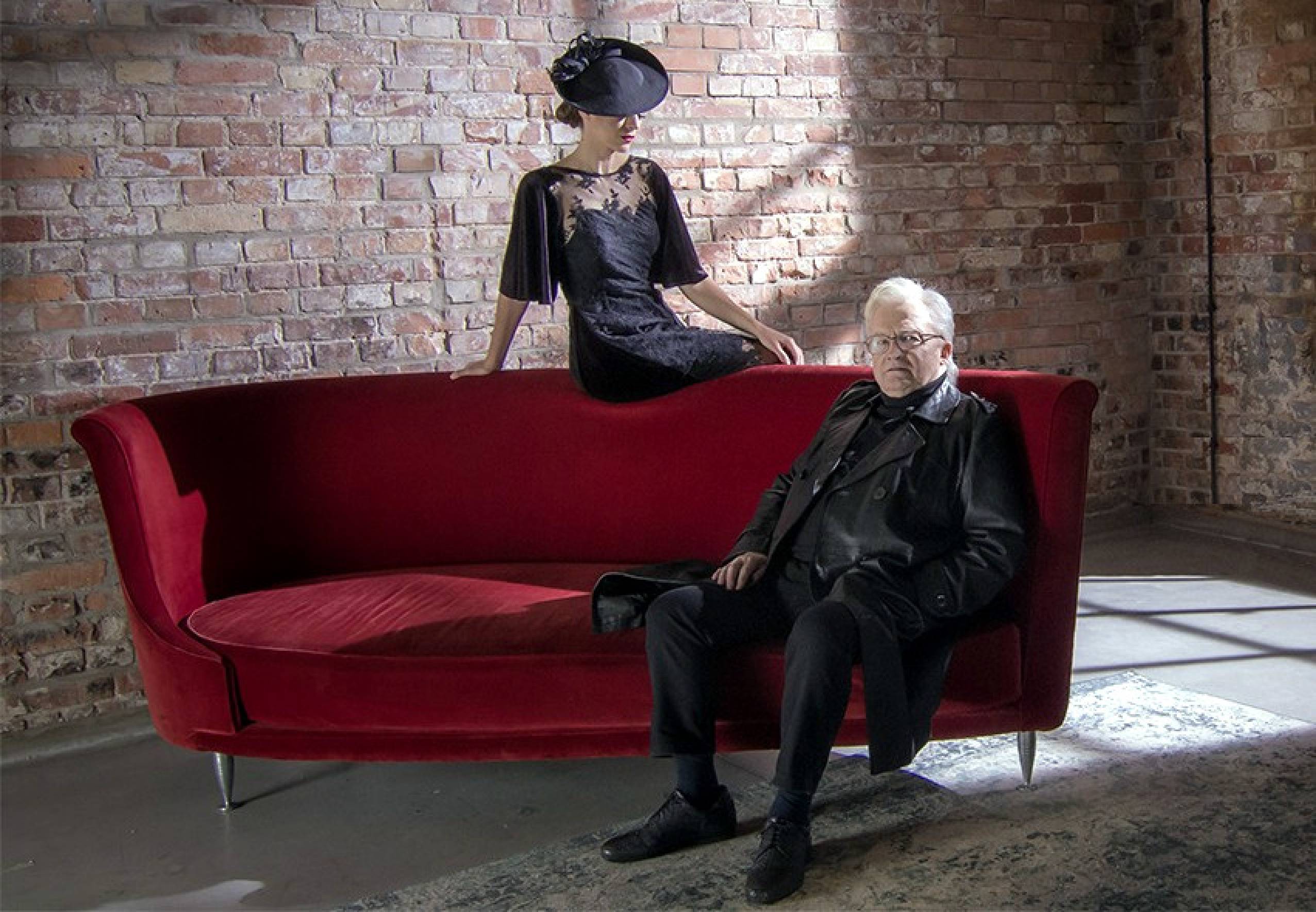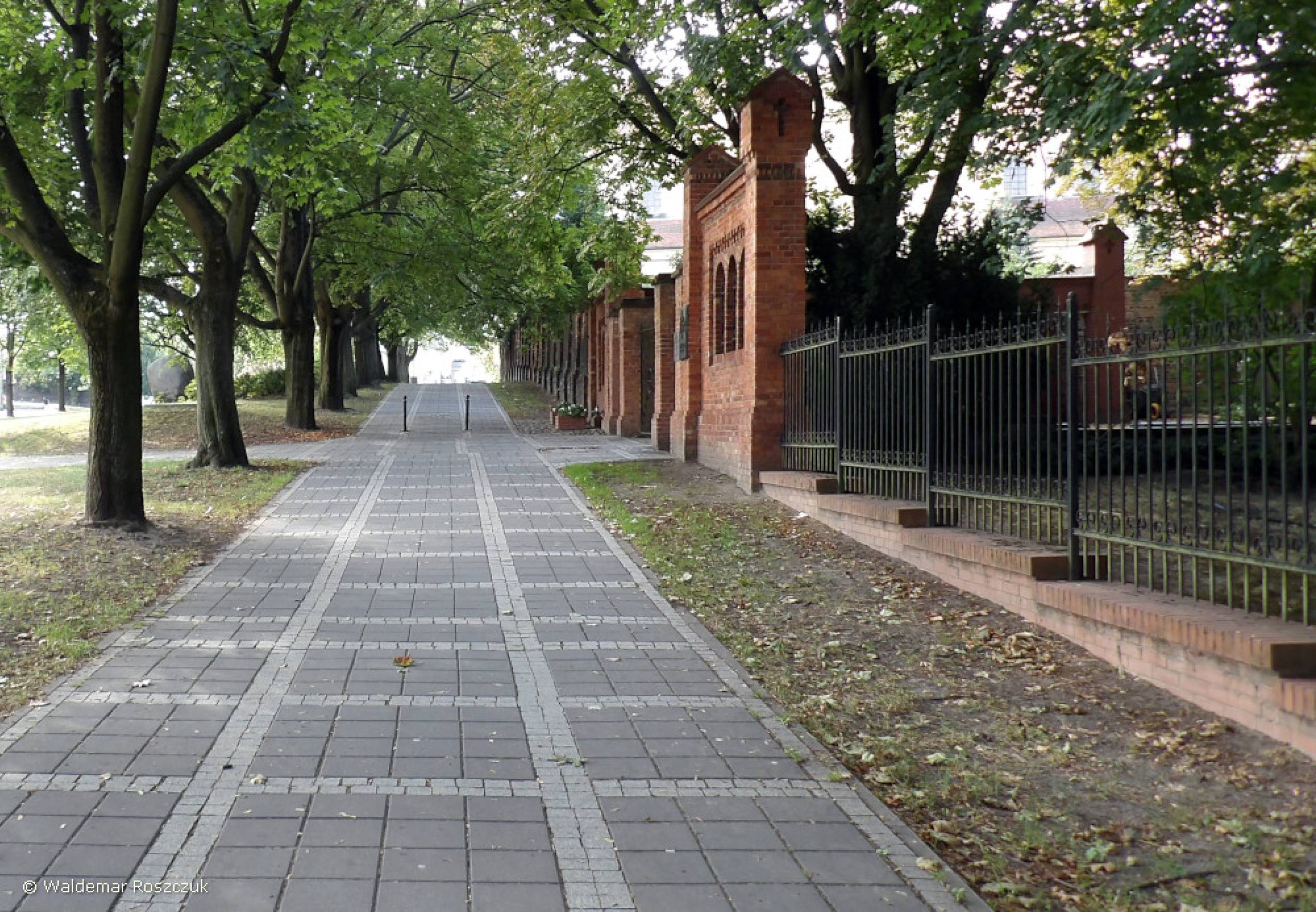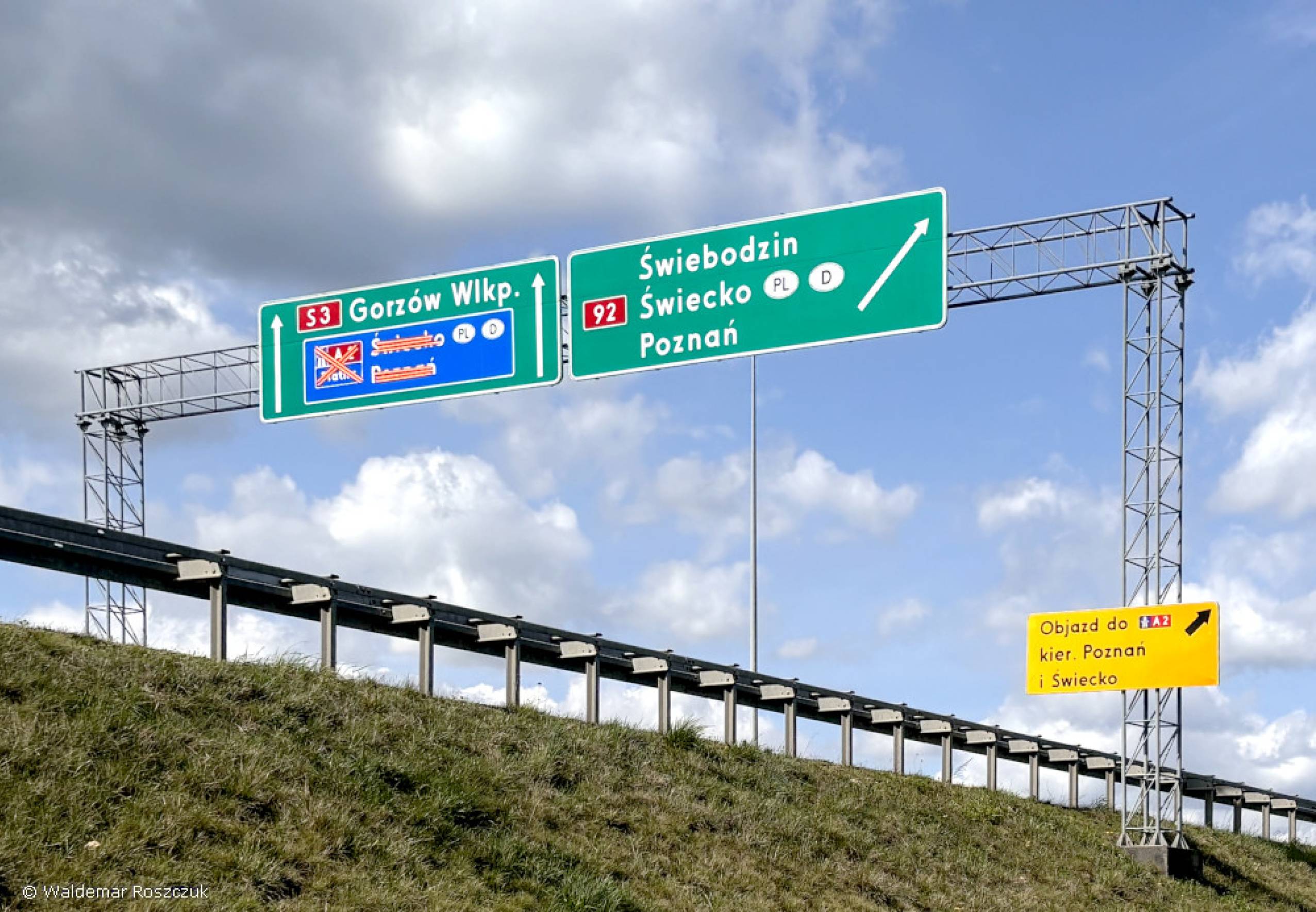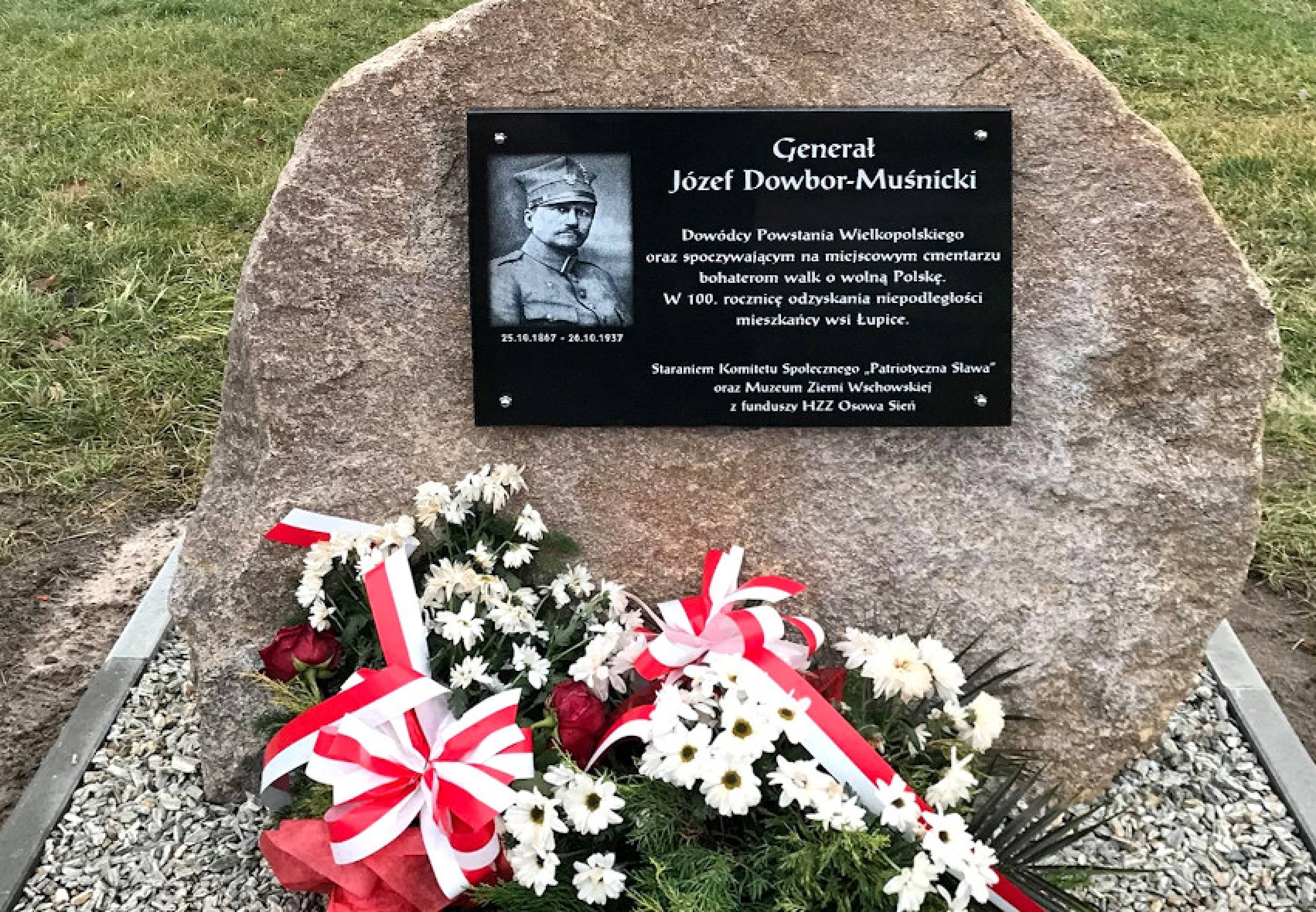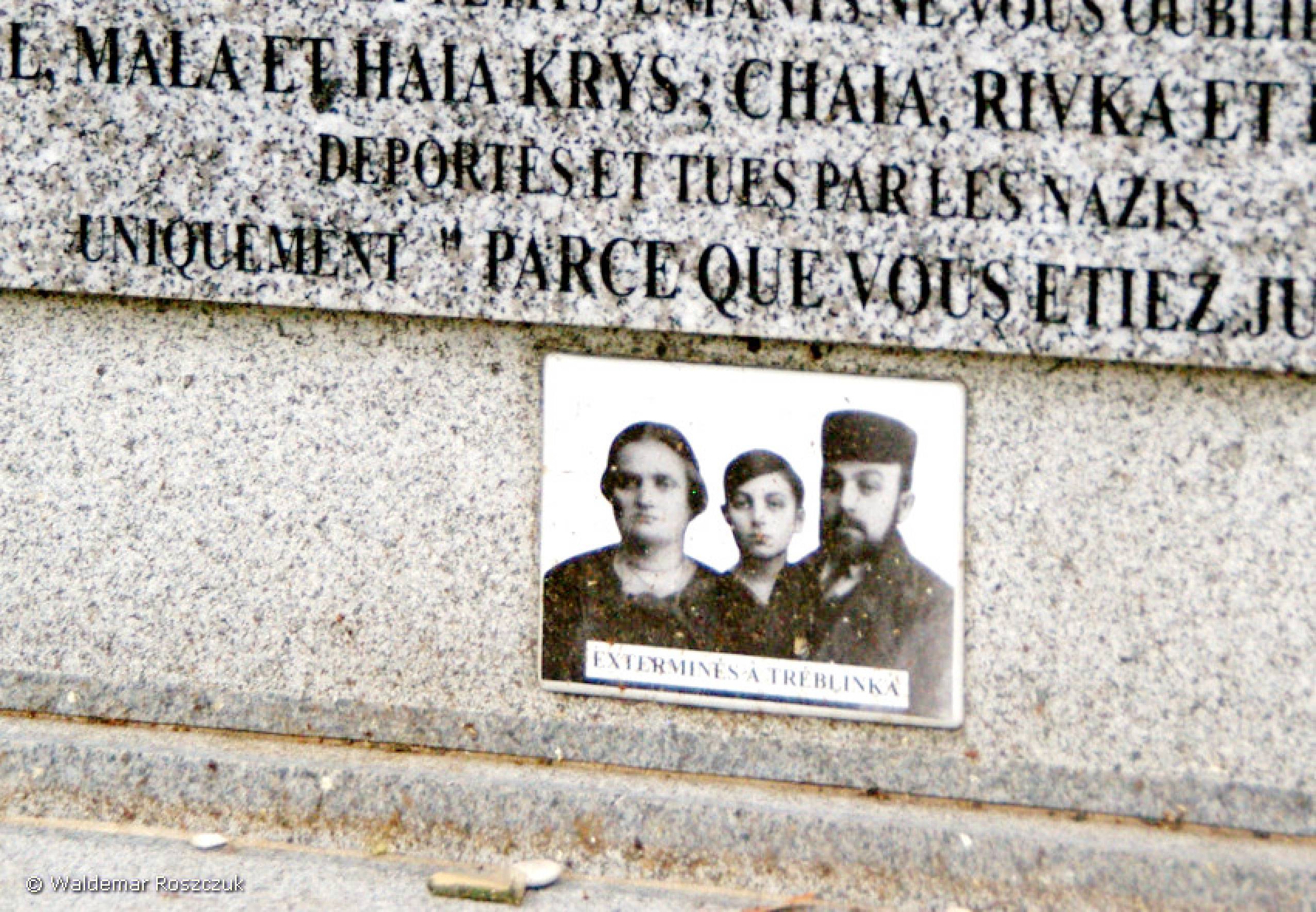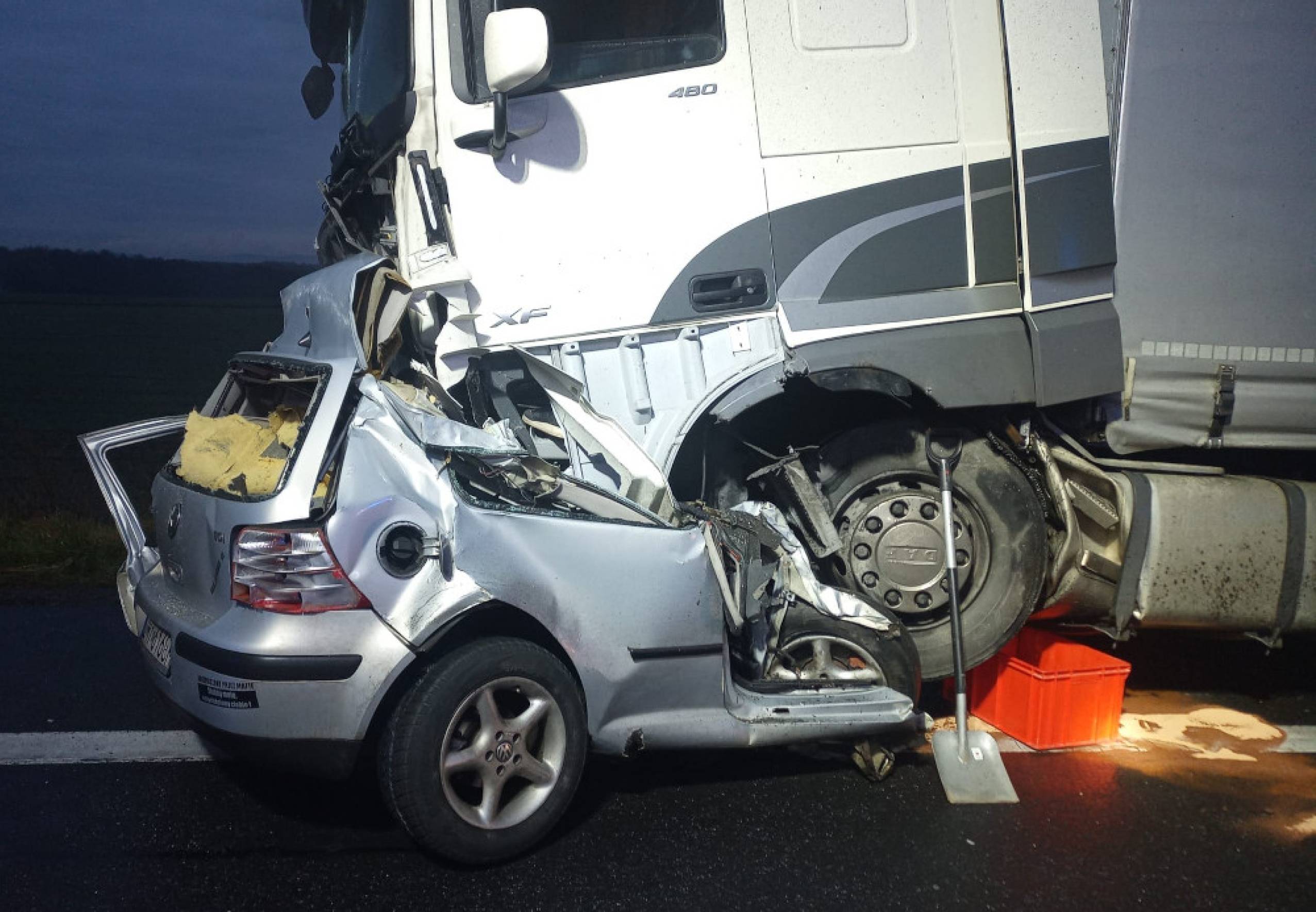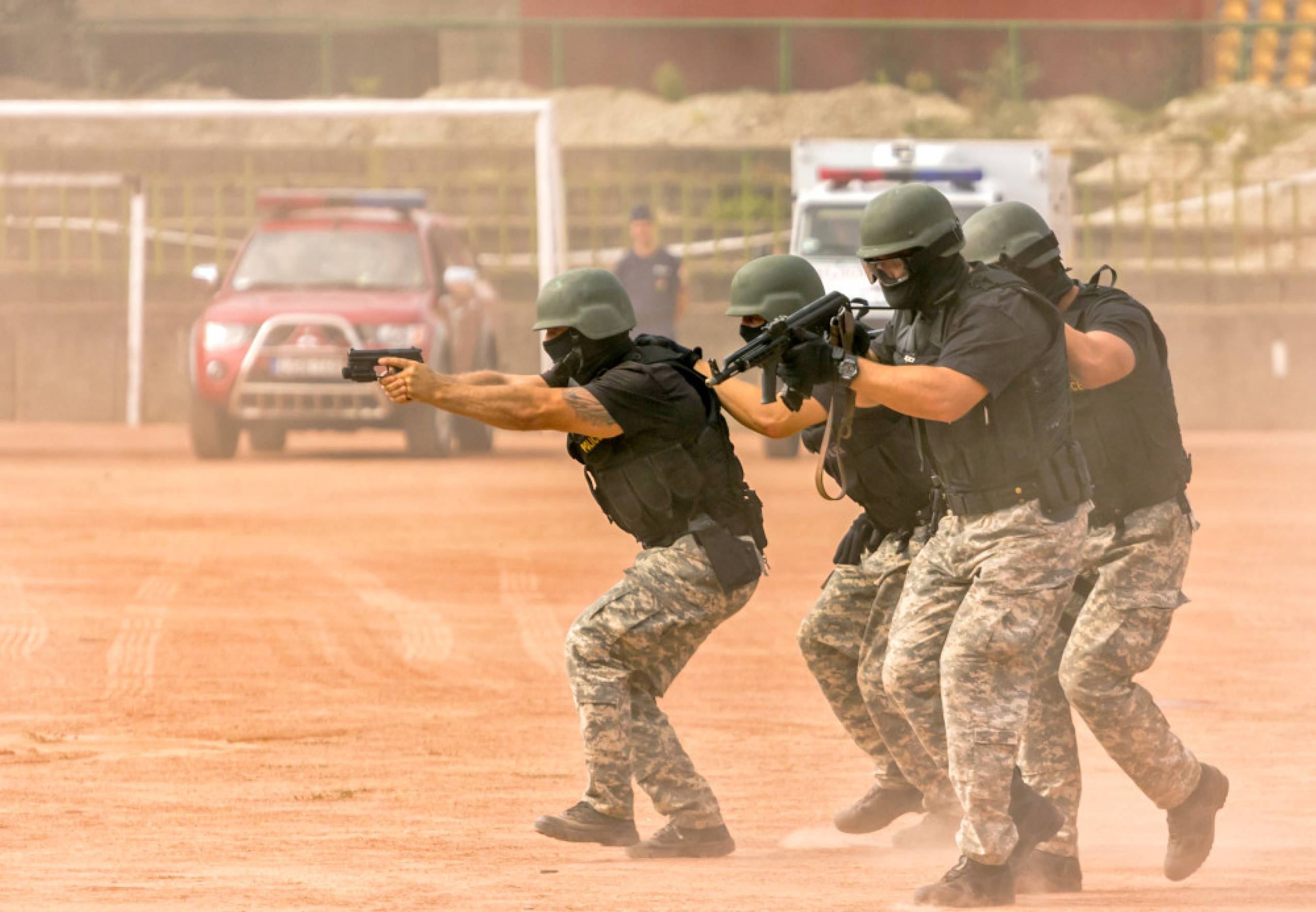 World's biggest statue of Christ symbolises church's power in Poland. Secularisation seems to be a long way off in a country where 90% claim to be Catholics...
World's biggest statue of Christ symbolises church's power in Poland. Secularisation seems to be a long way off in a country where 90% claim to be Catholics...
Anyone wondering whether modern day Poland is still a fervently Catholic country should head to the Tesco in Swiebodzin, near the German border. There, on the rocky hill opposite the supermarket, is the newest, most audacious religious icon in all of Europe, if not the world: a 33-metre high, rather crudely carved statue of Jesus, which volunteers from the town, along with prisoners on day release from the local jail, have been building for the last 10 years.
On a windy day last week, a crane gently swayed as work continued on the concrete folly, the brainchild of a local priest who claims it is the world's biggest statue of Jesus Christ – bigger even than Christ the Redeemer in Rio de Janeiro, a sore point with the Brazilians who grumble that the Polish Jesus is cheating by standing on a mound.
Father Sylwester Zawadzki had driven on site in his Mercedes, rosary beads hanging from the rear view mirror, but he didn't want to talk about his heavenly monolith. "I've had enough of talking," he said. Previously when asked why he decided to erect the gargantuan saviour, he said, "It was Jesus's idea: I was just the builder."
Quietly, though, and rarely on the record, many locals find the statue an embarrassment. They see the odd gaggle of tourists pull up in their cars, jump out and have their photos taken, giggling as they mimic the Lord's outstretched arms, before driving off again, never even venturing into town to spend some money.
"I read in the press that He cost six million zloty (£1.5m) and I think we could spend that money far better. We need schools, we need hospitals, we need better roads," said one young woman in Swiebodzin, who refused to give her name for fear of incurring the wrath of the church.
Waldemar Roszczuk, editor-in-chief of the local newspaper, Gazeta Swiebodzinska, is one of the few prepared to speak his mind: "I know that many local people are against it, but they won't speak out in public against the priests."
When he publicly questioned the value of the statue last year, he received silent phone calls. "We are still a very Catholic town in a very Catholic country and the church wields a lot of power. But talk to young people and you will see that many do not want to go to church any more. They are of a more rational mindset and question everything the church tells them," he said.
It is this sort of comment which has led to much speculation that the Catholic church is losing its grip on Poland. More than 90% of the population consistently identify themselves as Catholic, but the proportion of Poles who go to church every Sunday is 45%, compared with nearly 60% in the last days of communism. Young Poles in particular are increasingly likely to be passive rather than active Catholics. The number volunteering for seminaries has fallen by half in the last few years.
But in the seminary in Krakow at the foot of Wawel Hill, the holy home to the Polish Royal Castle and cathedral, a group of trainee priests dismissed talk of the church's decline.
"That's an invention of the media," said Marek Mierzwa, 24, who will become a deacon in May. "Polish people are generally pessimistic and the media are, too. They say that only old people in Poland want to go to church these days, but it's not true. They ignore all of the dynamic new youth movements which are becoming all the more popular."
Becoming a priest is still a highly respected choice in Polish society. "When I announced I was going to the seminary, people in my village were very happy," said Tomasz Stanek, 25.
The principal of the seminary, Father Grzegorz Rys, said intake had remained constant for more than a decade. "We have 217 clerics with us at the moment and have had around that number every year since 1998," he said. "We did have more 25 years ago – in the 80s, we had 400 seminarians at any one time."
That Poland has clung on tighter to religion than many of its western neighbours is in some ways a relic of communism. For the 44 years that Poland was a Soviet satellite state, religion was outlawed. As a result, Catholicism became a refuge for those wanting to protest peacefully against the all-pervasive power of the state. Underground newspapers were available from churches while chapels were used as venues for opposition meetings and plays which would not get past the state censors.
It is often said that Pope John Paul II, born Karol Jozef Wojtyla, played a special role in giving his compatriots the courage to rage against the Soviet machine. When he made his first papal visit to Poland in 1979, he was greeted by millions of people of all ages. It was not a coincidence that a year later, Poles dared to organise Solidarity, the first mass anti-communist political movement.
For many ordinary Poles, John Paul II remains a huge hero, and his beatification is hotly anticipated. The Sanctuary of the Divine Mercy in Lagiewniki is one stop on the so-called Pope Express, a special train journey linking Krakow, where Wojtyla was a student, and his birthplace in Wadowice.
[...] More: The Guardian - World's biggest statue of Christ symbolises church's power in Poland
Helen Pidd in Swiebodzin and Krakow and Julian Borger in Warsaw
The Guardian, Tuesday 5 April 2011

